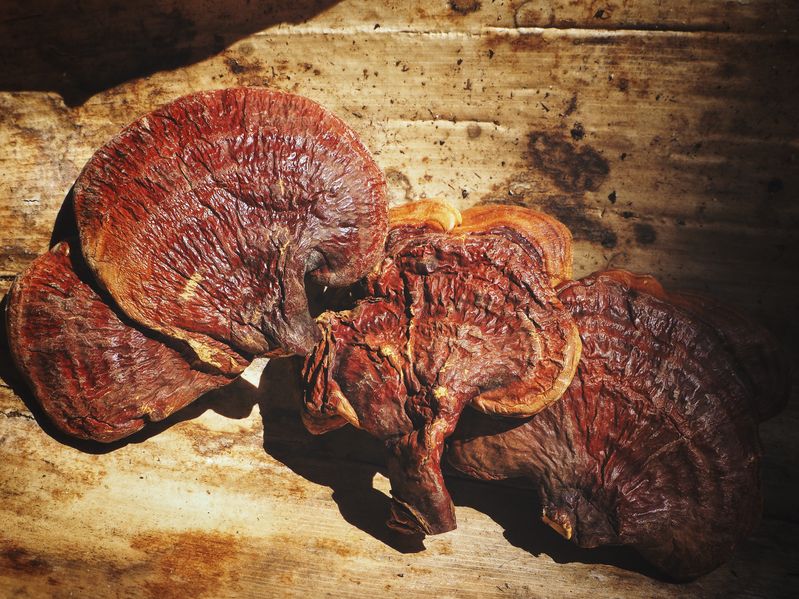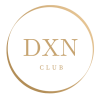Compounds specific to the mature fruiting body: terpenoids (more than 140 compounds have been identified so far, mainly various triterpenes), carbohydrates (mainly immunomodulatory polysaccharides), proteins, nucleotides, other compounds (eg serols, cerberosides, etc.)

Mycelial specific compounds: terpenoids, lactones, alkaloids, polysaccharides and serines (nitrogen-free polysaccharides)
The Lingzhi areas of application, medical benefits was known long before the traditional medicine, especially in the Far East cure than evidences or influence on structure-from chemistry and biology suggest today.
Called the Mushroom of Immortality, it has been known and used for over 4,000 years. The demand for mushrooms used to prolong life has persisted in Chinese and Japanese cultures for a long time and is still alive today. Consumption of mushrooms helped maintain youth, health and vitality, prolonged life. It has retained its benefits to this day. Its value is recognized worldwide. Even the very strict Food and Drug Administration (U.S. Food and Drug Administration, FDA) has allowed its use as a dietary supplement in the states. About 400 bioactive compounds have been detected in the fruiting body, mycelium and spores so far, mainly triterpenoids, polysaccharides, nucleotides, steroids, fatty acids, proteins (peptides) and trace elements. DXN also makes an extract of ganoderma, making it one of the world’s or perhaps the best quality ganoderma products!
Ganoderma fungal compounds
Terpenoids
Among them, the presence of triterpenes with 30 C atoms is typical. The structure of triterpenoids is very diverse, with at least 140 different molecules identified so far. Most of them give rise to the bitter taste of the mushroom. Ganosporic acid-A triterpene was isolated from the ether fraction of the spores. Several new lanostane-type triterpenes have also been isolated from the spores, including ganoderic acids with different structures. More data suggest that the spore contains more triterpenoic acid than the fruiting body. It is noteworthy that spores are particularly rich in triterpenes, as they also contain triterpene lactones. In general, the biological activity of seal wax triterpenoids is related to their specific and practical therapeutic effects.
Carbohydrates
More than 100 polysaccharide types have been isolated from the fruiting body, mycelium, and spores of Ganoderma. They have a molecular weight of between 400,000 and 1 million daltons, many of which are pharmacologically active. Structurally, they are mainly β-D-glucans, heteropolysaccharides and glycoproteins.
Proteins, nucleotides
LZ-8, a protein with a specific amino acid sequence, isolated from a seal wax fungus, proved to be an immunobiologically active protein with an immunoglobulin-like structure. In all likelihood, it is a special, specific, immunoglobulin-like protein.
Other Ingredients It contains steroids, ergosterol peroxide, cerebrosides, free amino acids, soluble proteins, and free fatty acids. Among the polar lipids, pyrophosphatidic acid was found. Spores also contain choline, betaine, various free fatty acids (tetracosanoic acid, stearic acid, palmitic acid, nonadecanoic acid), ergosterol, ergosadientriol, β-sitosterol, hentriacontan, tetracosane, behenic acid.
